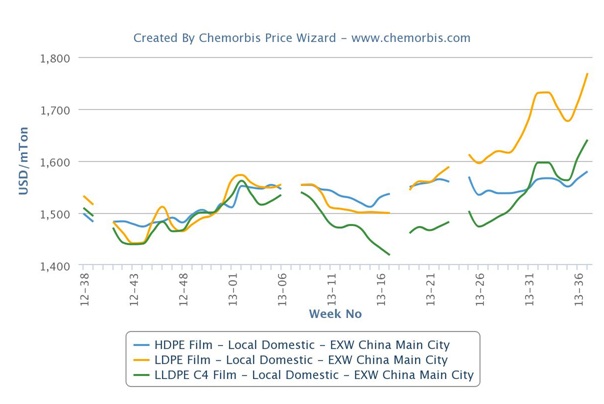PERTH – Oil fell from a 2-1/2-month high to below $49 a barrel on Wednesday, after bearish industry data showing large builds in U.S. crude stocks eroded investor sentiment from better-than-expected U.S. housing data.
Analysts said data from the American Petroleum Institute, which showed crude stocks rose much more than expected last week, reflected poor demand at refineries and could foreshadow an equally poor set of numbers from the U.S. Energy Information Administration due later.
U.S. light crude for April delivery fell 50 cents to $48.66 a barrel by 0621 GMT (2:21 a.m. EDt), erasing some of Tuesday’s gains of $1.81 that took the contract to settle at $49.16 — the highest settlement since December 1, 2008.
London Brent crude fell 62 cents to $47.62.
“The market is taking profit on expectations that the EIA report is also going to show a large build in crude stocks,” said Greg Smith, a fund manager at Global Commodities in Australia.
“But the sentiments are still quite positive and the market seems to looking for any sort of bullish news to justify buying at these levels, so that may herald an uptrend in oil prices.”
The American Petroleum Institute (API) said in its inventory report late on Tuesday that domestic crude stocks rose 4.7 million barrels last week to 349.9 million, dwarfing forecasts for an increase of just 1 million barrels.
The U.S. Energy Information Administration (EIA) will issue its own stock data later on Wednesday, with crude oil inventories seen up last week as refinery demand remained tepid and imports increased a little, an expanded Reuters poll showed.
Oil has tumbled $100 from a record high above $147 last July as the global economic meltdown slashed demand for the fuel worldwide.
But prices, which sank to levels below $35 a month ago, have since stabilized in the $40-$50 range, as producer group OPEC cut output by 4.2 million barrels per day (bpd) and vowed at its Sunday meeting to achieve higher compliance from members to reduce production.
“Overall, I think we’re seeing more funds flowing back into commodities markets and there are now more efforts in trying to push oil prices through $50 levels,” said Gerard Rigby, an analyst at Fuel First Consulting.
HOUSING DATA
Oil’s gains on Tuesday were boosted by better-than-expected U.S. housing data and inflation, which drove U.S. stocks higher and lifted investors’ risk appetite.
Government data showed U.S. housing starts and permits rebounded in February from record lows, rising for the first time in 10 months and offering a glimmer of hope for the recession-hit economy.
Still, analysts are cautious about whether the housing data marks a definite turnaround for the world economy and said the market would keep a close eye on further data to gauge how the U.S. economy was faring.
Data due to released later in the day include U.S. core consumer price index for February as well as results of an interest rate meeting held by the U.S. Federal Open Market Committee.







